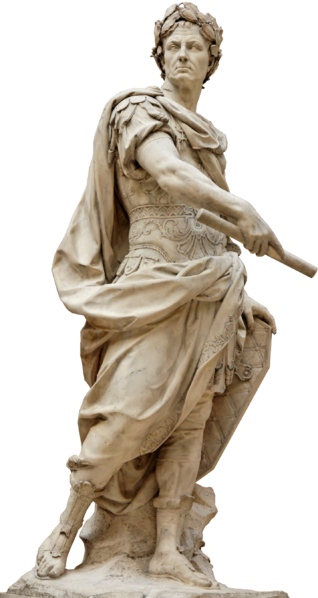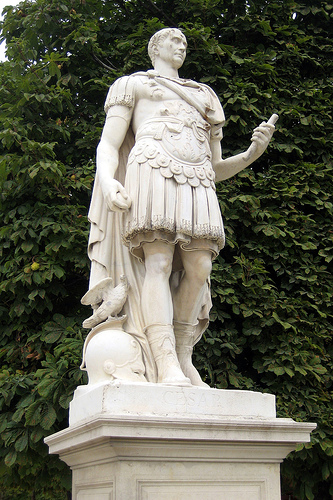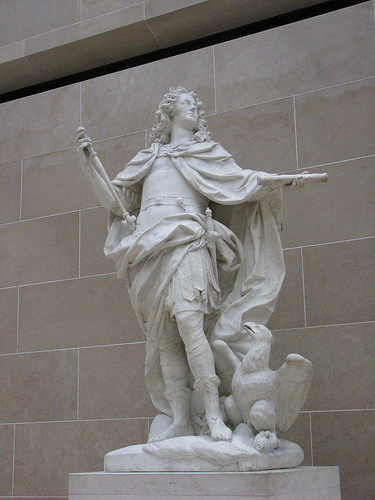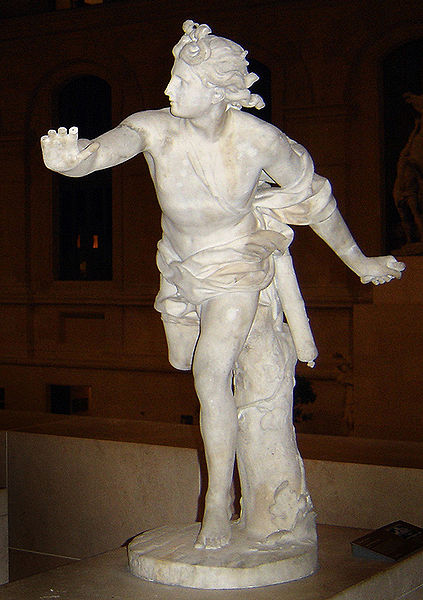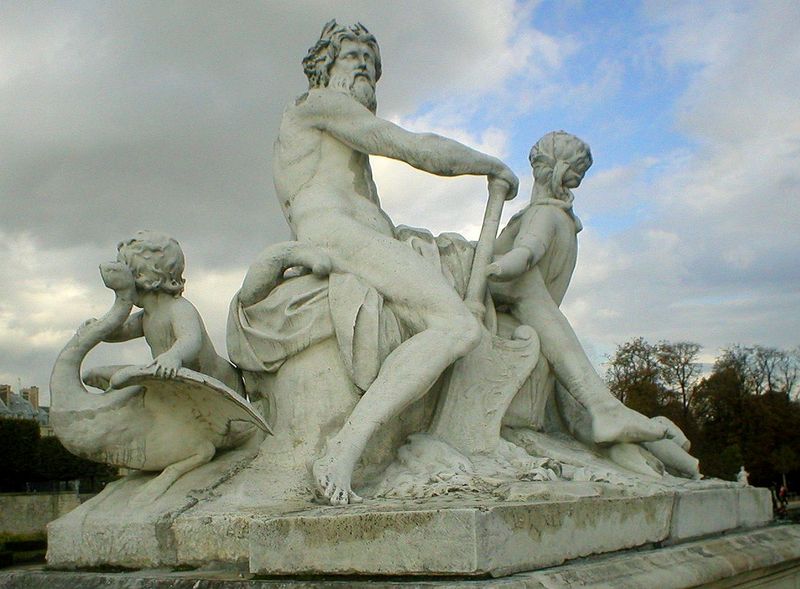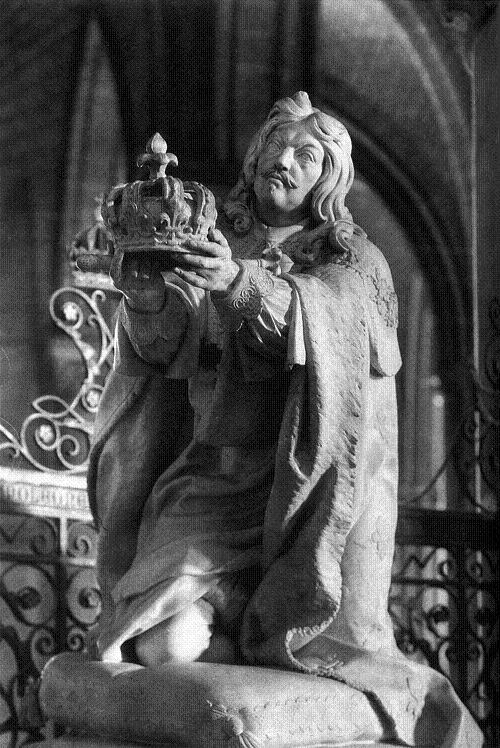<Back to Index>
- Mathematician Vladimir Andreevich Steklov, 1864
- Sculptor Nicolas Coustou, 1658
- 1st President of Guinea Ahmed Sékou Touré, 1937
PAGE SPONSOR
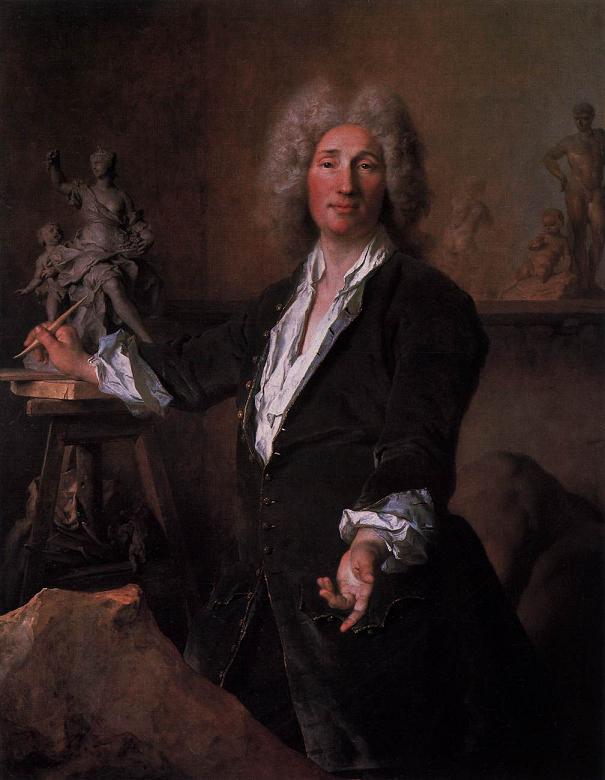
Nicolas Coustou (January 9, 1658 in Lyon - May 1, 1733 in Paris) was a French sculptor and academic.
He was the son of a woodcarver, who gave him his first instruction in art. At eighteen he moved to Paris, to study under C.A. Coysevox, his mother's brother, who presided over the recently-established Académie royale de peinture et de sculpture; and at twenty-three he gained the Colbert prize (the Prix de Rome, which entitled him to four years education at the French Academy at Rome). He afterwards became rector and chancellor of the Academy of Painting and Sculpture.
From the year 1700 he worked with Coysevox at the palaces of Marly and Versailles. He was remarkable for his facility. He was influenced by Michelangelo and Algardi, and tried to combine the best characteristics of each. A number of his works were destroyed during the French Revolution; the most famous of those that remain are "La Seine at la Marne", the "Berger Chasseur", and "Daphne Pursued by Apollo" in the gardens of the Tuileries, the bas-relief "Le Passage du Rhin" in the Louvre, the statues of Julius Caesar and Louis XV in the Louvre, and the "Descent from the Cross" behind the choir altar of the cathedral of Notre Dame de Paris.
He worked closely with his younger brother, Guillaume Coustou,
also a renowned sculptor and director of the Academy; it is not always
possible to ascribe a particular work to one or the other. His son, Guillaume Coustou the Younger was also a sculptor.
